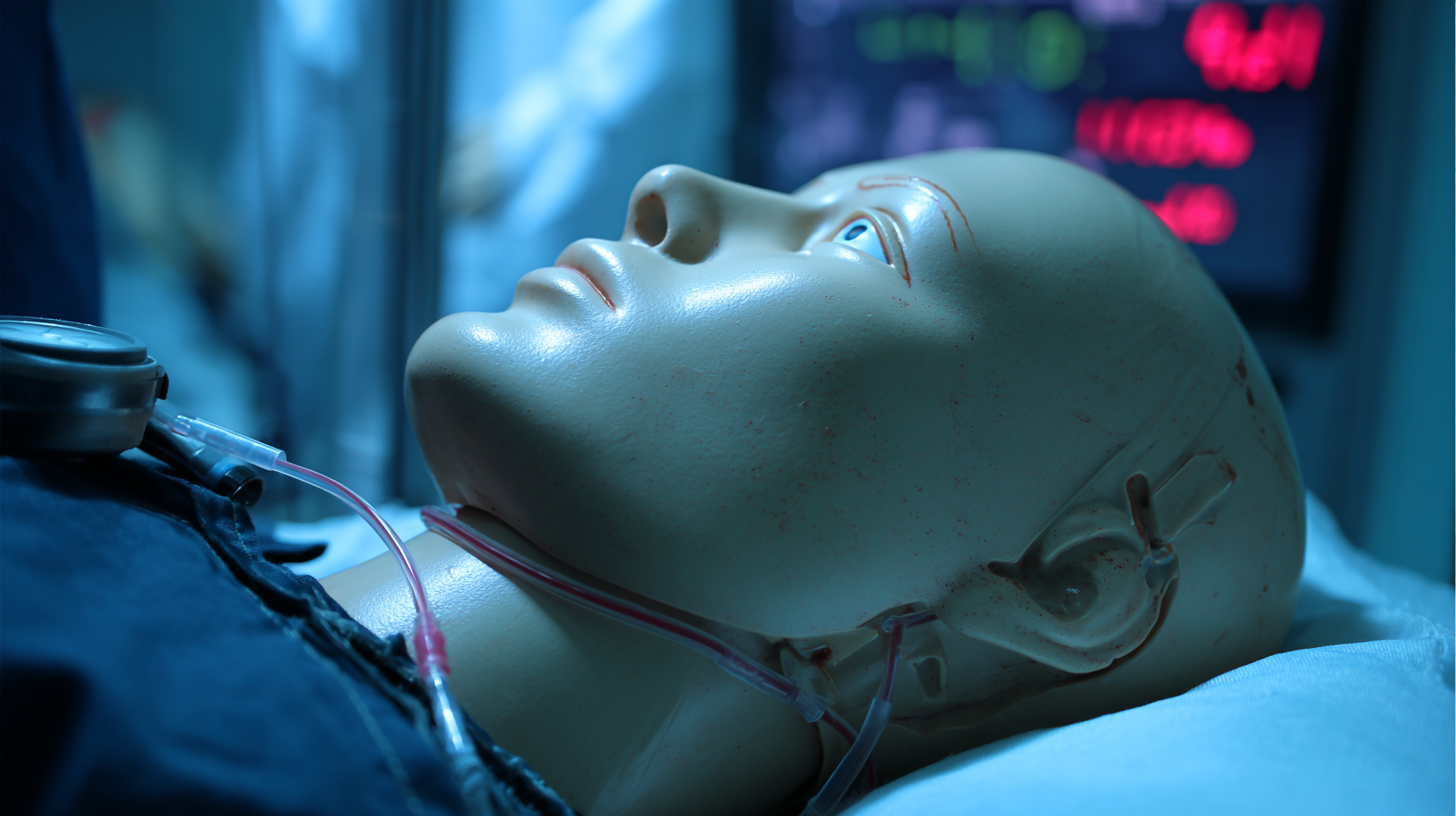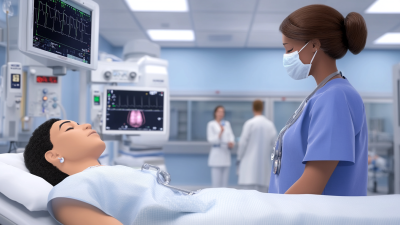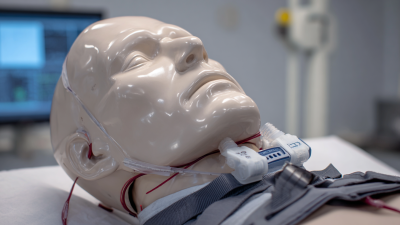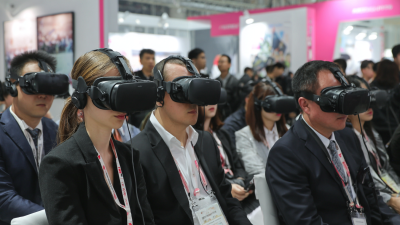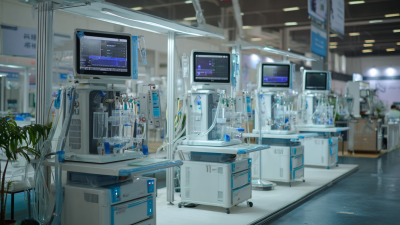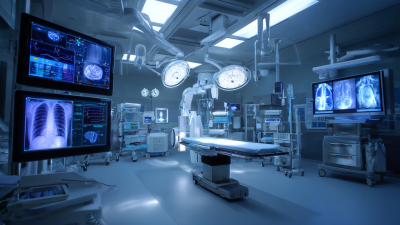In today's rapidly evolving healthcare landscape, the integration of advanced technology into training practices is paramount for cultivating skilled healthcare professionals. Central to this transformation is the utilization of Medical Mannequins, which offer a groundbreaking approach to realistic simulations in medical education.
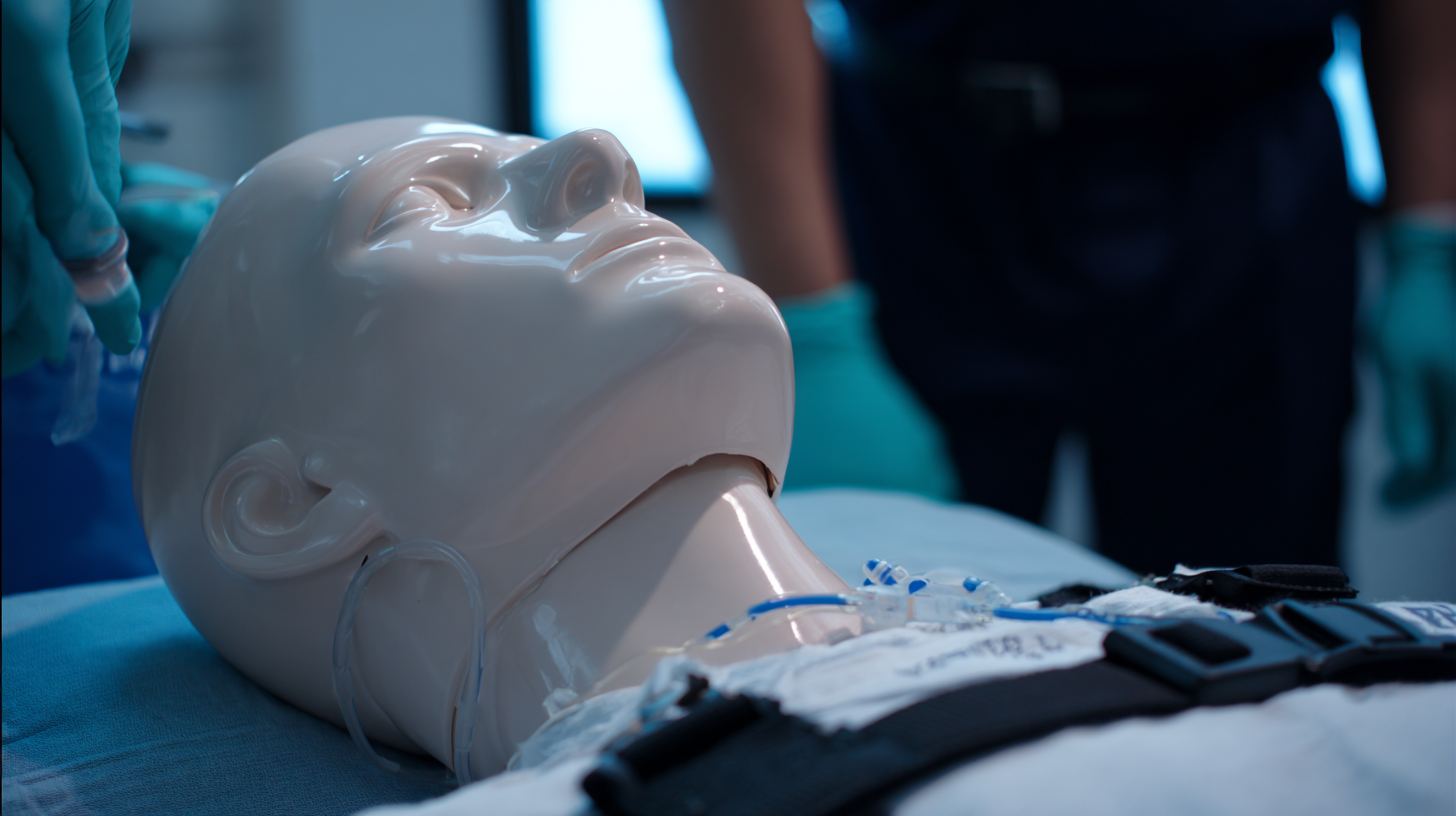 These sophisticated training tools not only enhance the learning experience but also provide a safe environment for students to practice critical skills without the pressure of real-world consequences. As healthcare demands continue to grow and diversify, the emphasis on practical, hands-on training becomes even more crucial.
By leveraging the capabilities of Medical Mannequins, educational institutions can ensure that their curricula are aligned with the highest standards of clinical competence, ultimately revolutionizing healthcare training and preparing individuals for the challenges ahead.
These sophisticated training tools not only enhance the learning experience but also provide a safe environment for students to practice critical skills without the pressure of real-world consequences. As healthcare demands continue to grow and diversify, the emphasis on practical, hands-on training becomes even more crucial.
By leveraging the capabilities of Medical Mannequins, educational institutions can ensure that their curricula are aligned with the highest standards of clinical competence, ultimately revolutionizing healthcare training and preparing individuals for the challenges ahead.
In recent years, the integration of advanced medical mannequins and immersive technologies such as virtual reality (VR) and 3D simulations has significantly transformed healthcare training. A focus on identifying key learning objectives for simulation-based training is vital for developing competent healthcare professionals. Research indicates that simulation can enhance the learning experience, bridging the theory-practice gap that often challenges nursing education. For instance, a systematic review highlighted that simulation-based training improves clinical skills and raises confidence levels among nursing students by up to 30% compared to traditional learning methods.
Moreover, developing a competency framework for these simulations allows educators to tailor outcomes effectively. A mixed-methods study revealed that virtual simulations, in particular, enabled the practice of high-risk emergency scenarios, resulting in better preparedness and improved patient safety outcomes. This approach not only fosters critical thinking but also encourages interprofessional collaboration, which is increasingly essential in today’s complex healthcare environments. By focusing on clear learning objectives, healthcare educators can leverage these advanced simulation tools to ensure learners are equipped for real-world challenges.
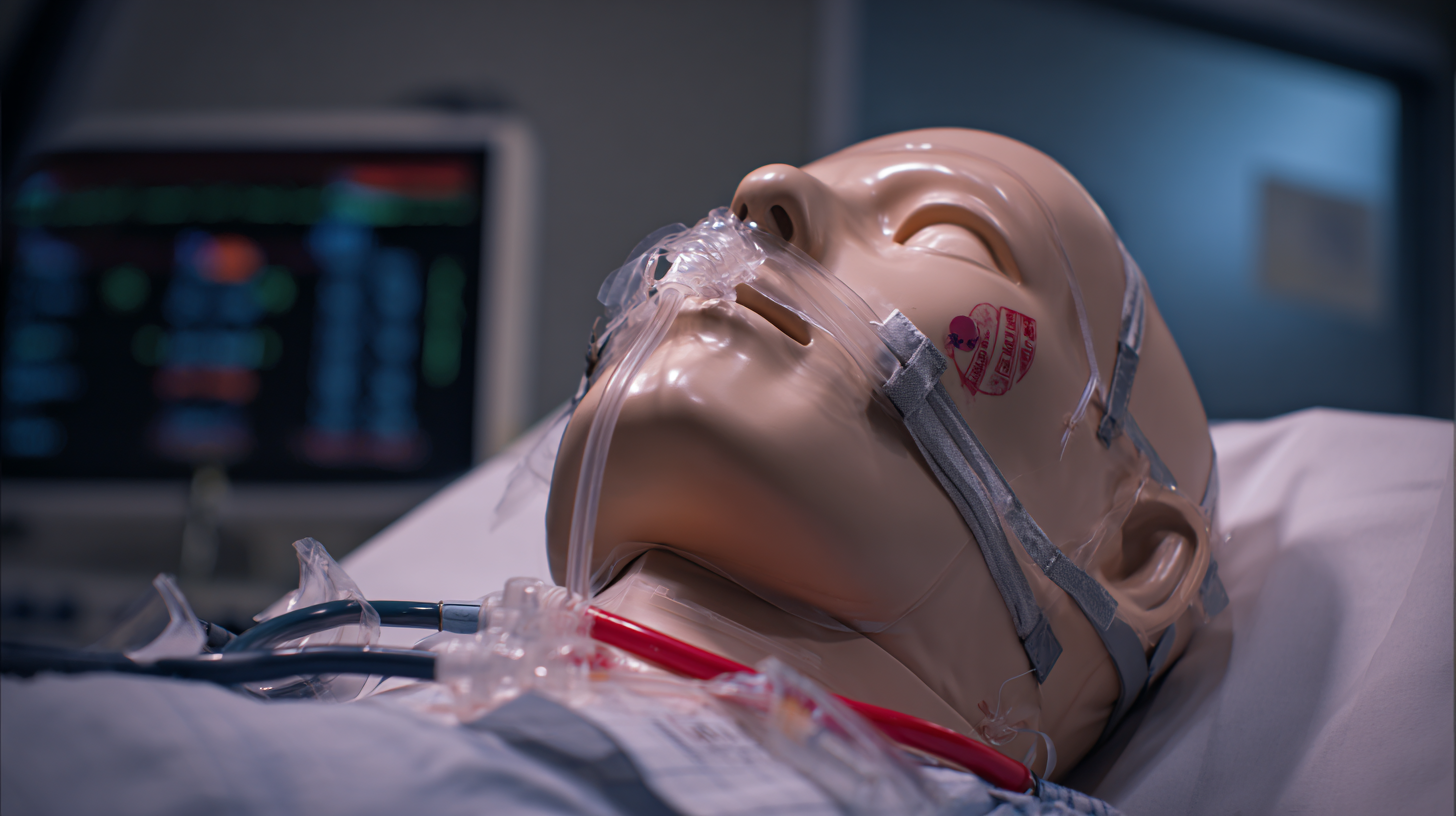
Choosing the right advanced medical mannequins is crucial for enhancing the quality of healthcare training programs. According to a report from MarketsandMarkets, the global medical simulation market is projected to reach $2.36 billion by 2026, growing at a CAGR of 15.6%. This surge emphasizes the importance of investing in high-fidelity simulations that provide realistic training environments for medical students and professionals.
When selecting mannequins, consider their features such as physiological realism, programmable scenarios, and feedback capabilities. For instance, mannequins that can simulate real-life medical emergencies allow trainees to practice critical decision-making skills in a safe environment. Tips for making the right choice include assessing your program's specific needs, evaluating the technology support provided, and ensuring the mannequins are versatile enough for various training modules.
Additionally, prioritize user-friendly interfaces that facilitate easy operation by instructors. According to the Society for Simulation in Healthcare, effective simulation training can lead to a 25% increase in the retention of medical knowledge over traditional teaching methods. Therefore, selecting advanced medical mannequins that enhance engagement and learning is not just a choice but a strategic necessity for any healthcare training program.
| Mannequin Type | Features | Simulation Capabilities | Price Range | Recommended For |
|---|---|---|---|---|
| Adult Patient Mannequin | Realistic anatomy, interchangeable parts, and vital signs | CPR, airway management, IV therapy | $2,000 - $5,000 | Nursing schools, hospitals |
| Pediatric Mannequin | Simulates child physiology, soft skin, and realistic expressions | Pediatric emergencies, advanced airway techniques | $1,500 - $3,800 | Pediatric nursing programs, emergency training |
| High-Fidelity Simulation Mannequin | Computerized, responds to treatment, realistic sounds | Complex scenarios, team training | $10,000 - $20,000 | Medical schools, simulation centers |
| Basic CPR Mannequin | Simple design, lightweight, easy to transport | CPR training, basic life support | $100 - $300 | Community training programs, schools |
Integrating realistic scenarios into healthcare training is essential for cultivating clinical skills that practitioners need in real-world situations. Advanced medical mannequins have evolved to deliver authentic simulations that replicate a wide range of patient conditions and emergencies. By immersing trainees in these lifelike scenarios, they can practice critical thinking, decision-making, and hands-on techniques without the fear of causing harm. This experiential learning approach allows for immediate feedback and reflection, enabling healthcare professionals to refine their skills effectively.
Furthermore, these mannequins can mimic various physiological responses and can be programmed to present unique medical challenges, which encourages adaptability and innovation among trainees. This not only enhances their technical abilities but also fosters soft skills such as communication and teamwork, which are vital in real-life healthcare settings. By utilizing advanced simulation technology, healthcare training becomes a dynamic, engaging, and invaluable component in preparing future professionals to deliver high-quality patient care.
Feedback mechanisms play a crucial role in enhancing the efficacy of healthcare training, especially when using advanced medical mannequins for realistic simulations. By incorporating feedback systems, educators can monitor trainee performance in real-time, providing insights that can lead to immediate improvements. For instance, mannequins equipped with sensors can assess a trainee's technique, offering scores or alerts that guide them in refining their skills. This immediate feedback loop not only motivates learners but also fosters a deeper understanding of complex medical procedures.
Furthermore, integrating feedback mechanisms allows for personalized learning paths. Instructors can tailor training sessions based on the specific strengths and weaknesses identified through the simulations. By tracking progress over time, healthcare professionals can revisit areas where they struggle, ensuring mastery of essential skills before facing real-life medical situations. This continuous improvement cycle not only enhances individual competence but also elevates the overall quality of care provided to patients, ultimately transforming healthcare training into a more effective and engaging experience.
The integration of advanced medical mannequins in healthcare training is reshaping the evaluation of training effectiveness and outcomes. According to a report by the National Council of State Boards of Nursing, simulation-based training can improve clinical competency by as much as 30% over traditional methods. These mannequins, equipped with lifelike features and physiological responses, allow trainees to engage in realistic scenarios that enhance critical thinking and decision-making skills. As healthcare systems strive for higher standards, the significance of measurable training outcomes becomes increasingly paramount.
In addition to enhanced training effectiveness, mannequin simulations provide valuable data that helps educators assess student performance more accurately. A study published in the Journal of Nursing Education demonstrated that simulation training resulted in a 50% increase in students’ confidence levels when faced with real-life clinical situations. This level of preparedness has a profound impact on patient safety and care quality, addressing the urgent need for well-trained healthcare professionals. By utilizing advanced simulation technology, training programs can better align with the evolving demands of the healthcare landscape, ultimately leading to improved patient outcomes and more effective healthcare delivery.
